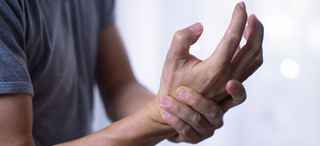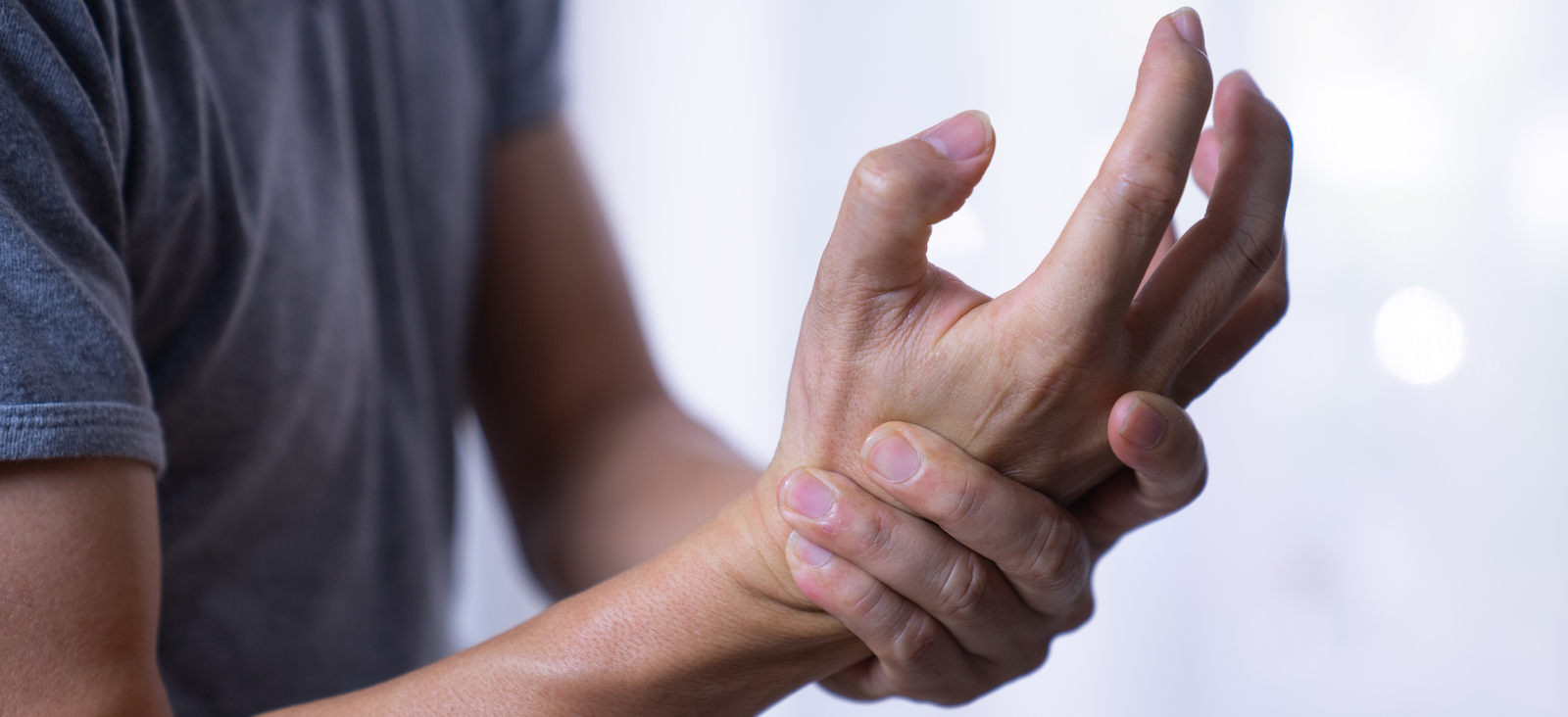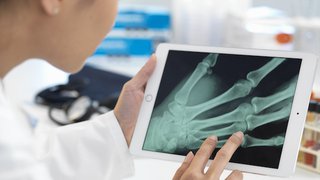Search for opportunities to participate in a clinical research study.
Carpal Tunnel Syndrome
New Patient Appointment or 214-645-8300
MedBlog
Results: 5 Locations
Neurology
at UT Southwestern Medical Center at RedBird 3450 W. Camp Wisdom RoadDallas, Texas 75237 214-214-5820 Directions to Neurology at UT Southwestern Medical Center at RedBird, Dallas Parking Info for Neurology
UT Southwestern Frisco
12500 Dallas ParkwayFrisco, Texas 75033 214-645-8300 Directions to UT Southwestern Frisco, Frisco Parking Info for UT Southwestern Frisco
Plastic Surgery Clinic
at Outpatient Building 1801 Inwood Road, 5th FloorDallas, Texas 75390 214-645-6916 Directions to Plastic Surgery Clinic at Outpatient Building, Dallas Parking Info for Plastic Surgery Clinic
Spine Center
at James W. Aston Ambulatory Care Center 5303 Harry Hines Blvd., 7th Floor, Suite 800Dallas, Texas 75390 214-645-2225 Directions to Spine Center at James W. Aston Ambulatory Care Center, Dallas Parking Info for Spine Center
UT Southwestern Neurosurgery and Spine Center at Texas Health Dallas
at Professional 3 8230 Walnut Hill Lane, Suite 204Dallas, Texas 75231 214-891-6590 Directions to UT Southwestern Neurosurgery and Spine Center at Texas Health Dallas at Professional 3, Dallas Parking Info for UT Southwestern Neurosurgery and Spine Center at Texas Health Dallas






